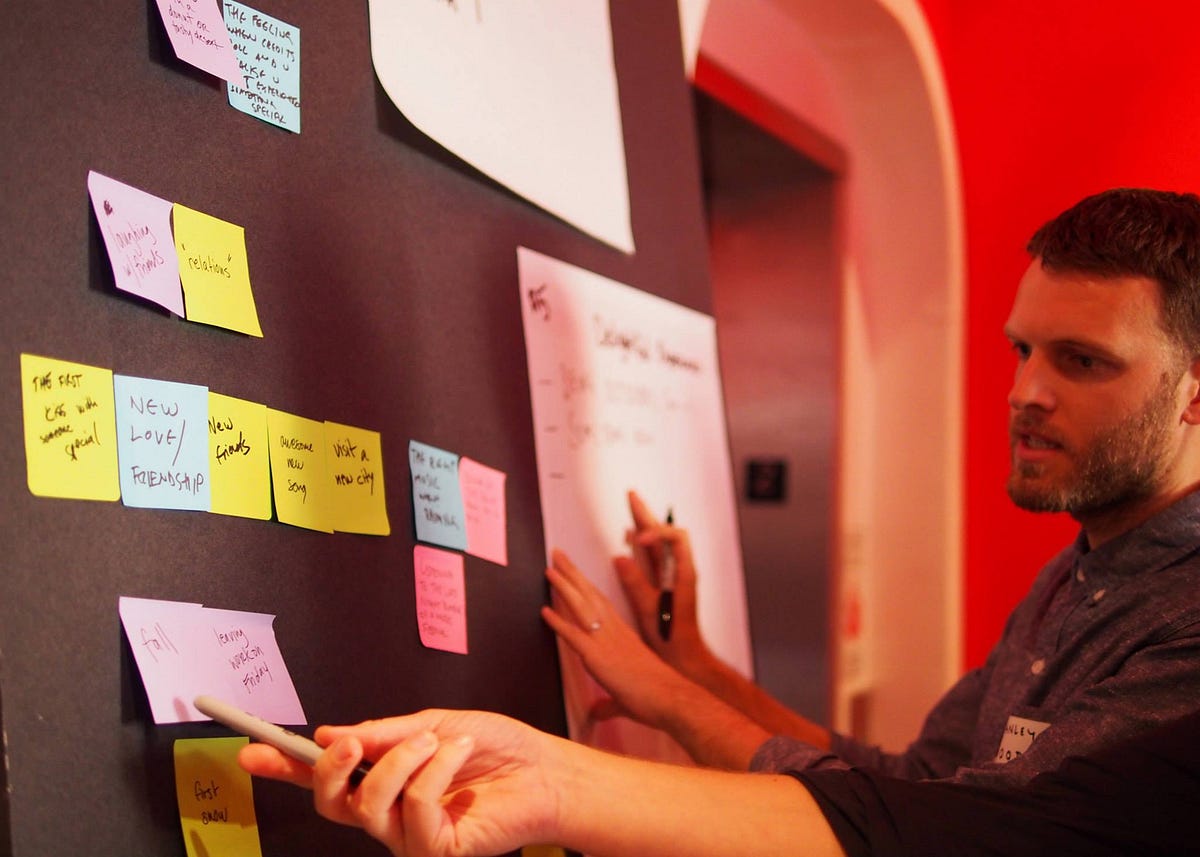Understanding the Various Roles in Product Design
Concetti Chiave
Product Design encompasses various roles such as Interaction Designers, Visual Designers, Motion Designers, User Researchers, Data Analysts, Prototypers, and Business Strategists, each contributing uniquely to the design process.
Sintesi
Product Design involves a diverse team of professionals including Interaction Designers who focus on user needs, Visual Designers creating visually appealing designs, Motion Designers adding dynamic elements, User Researchers understanding user behavior, Data Analysts analyzing data for insights, Prototypers creating interactive experiences quickly, and Business Strategists ensuring alignment with business goals.
Personalizza riepilogo
Riscrivi con l'IA
Genera citazioni
Traduci origine
In un'altra lingua
Genera mappa mentale
dal contenuto originale
Visita l'originale
medium.com
What is Product Design?
Statistiche
Interaction or UX designers create and iterate solutions quickly.
Graphic or Visual designers work on color and depth in designs.
Motion or Animation designers are responsible for cool animations.
User Researchers delve into users' minds for insights.
Data Analysts manage A/B tests and analyze data.
Prototypers craft interactive experiences efficiently.
Business Strategists identify the business value behind decisions.
Citazioni
Approfondimenti chiave tratti da
by Eric Eriksso... alle medium.com 07-23-2020
https://medium.com/@ericeriksson/what-is-product-design-9709572cb3ff
Domande più approfondite
How can businesses effectively integrate all these different roles in product design
To effectively integrate all the different roles in product design, businesses need to foster a collaborative environment where each role's expertise is valued and utilized. Communication between team members is crucial to ensure that insights from user research, design concepts from visual designers, interactions crafted by UX designers, animations developed by motion designers, and data analyzed by data analysts are all aligned towards achieving the common goal of creating a successful product. Regular cross-functional meetings can help in sharing progress updates, addressing any conflicts or challenges that may arise, and ensuring everyone is on the same page regarding project objectives. Additionally, having a clear project roadmap with defined milestones can guide the workflow and keep all team members focused on their respective tasks while understanding how they contribute to the overall product vision.
What challenges might arise when balancing user needs with business goals in product design
Balancing user needs with business goals in product design can present several challenges for teams. One major challenge is reconciling conflicting priorities between what users want and what aligns with the company's strategic objectives. User researchers may uncover insights that suggest one direction for product development while business strategists advocate for another based on market trends or financial considerations. Finding a middle ground that satisfies both user needs and business goals requires open communication among team members to understand each perspective fully. Another challenge lies in managing expectations; stakeholders may push for quick wins or revenue-driven features at the expense of long-term user satisfaction. It's essential to prioritize decisions based on data-driven insights rather than subjective opinions to ensure that every design choice serves both users' needs and contributes positively to the business bottom line.
How can data analysis impact the decision-making process in product design
Data analysis plays a critical role in shaping decision-making processes within product design teams. By collecting and analyzing quantitative data from A/B tests, user behavior metrics, and other sources, data analysts provide valuable insights into how users interact with products and which features drive engagement or conversion rates. These insights help inform design iterations by identifying areas for improvement or optimization based on real-time feedback rather than assumptions or intuition alone. Data analysis also enables teams to measure the impact of design changes objectively; whether it's through tracking key performance indicators (KPIs) like retention rates or conversion funnels, data-driven decisions lead to more informed choices about which features should be prioritized or deprecated in future iterations of a product.
0
